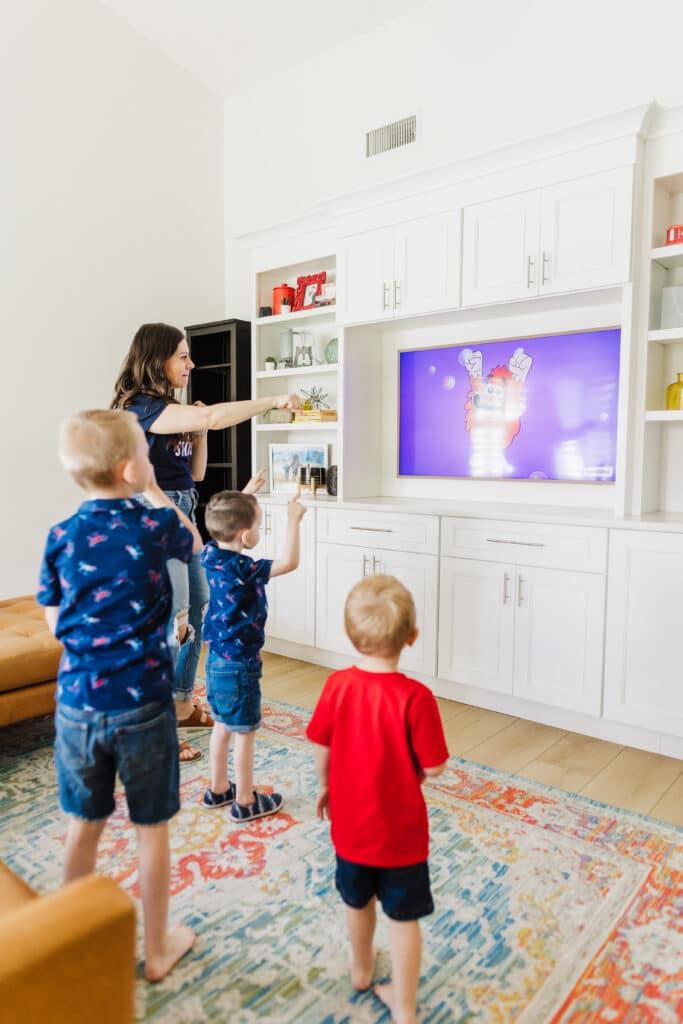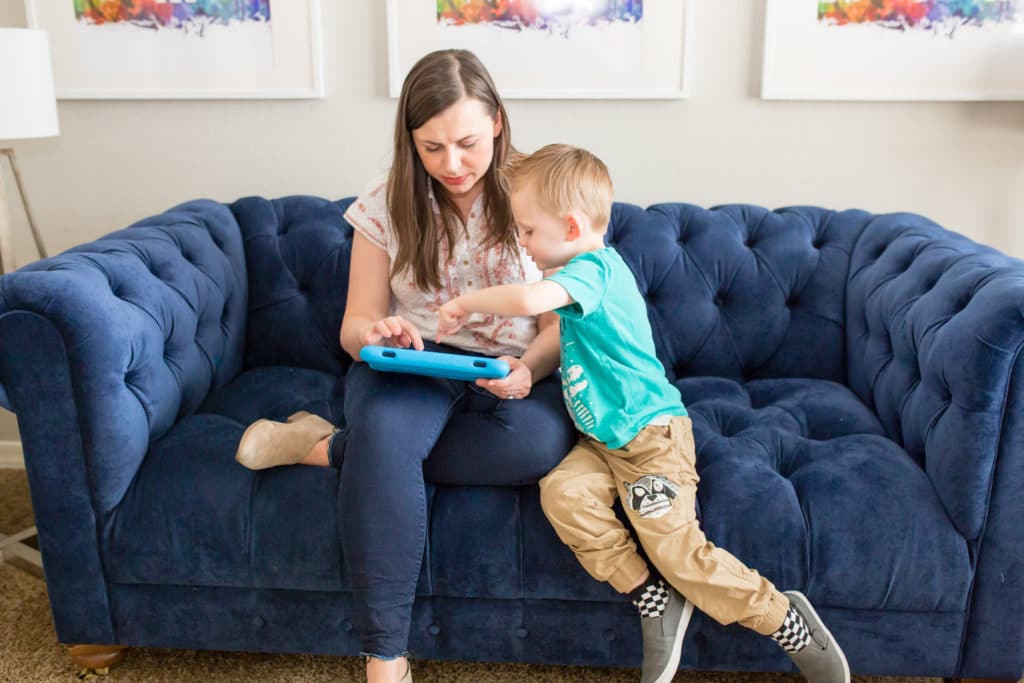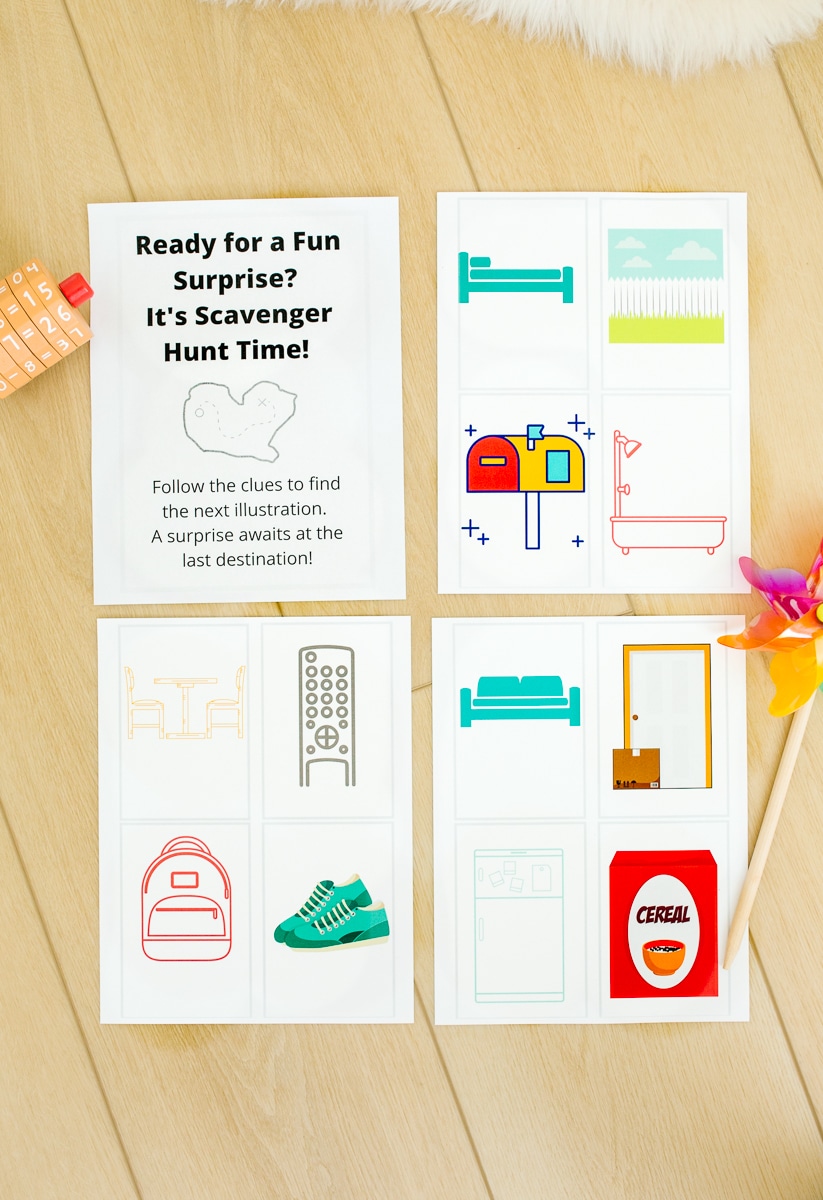10 Ways to Manage and Limit Screentime: Tips for Setting Screentime Boundaries
Tips for setting screentime boundaries. 10 ways to limit screentime and use it as a tool instead of a crutch.
We’re a fairly low-screen family, by design. That doesn’t mean it’s easy, that doesn’t mean we don’t have days my kids have way too much screen time, and it definitely doesn’t mean it isn’t one of my go-to parenting tools.
I think all modern parents use it and need it. And as a former technical project manager, I’d argue kids need exposure and tech skills early to prepare for the world they’re living in and going to work in.
I’ve seen all levels of screen usage and rules in different households. And I can tell you this. Those who use it less typically have far more social kids with better attention spans. And those who never use it eventually get to a point where they’re behind in their ability to learn or know how or compete. So there’s certainly a balance.
I’ve found 10 things that make all the difference in our home, with our extended family (full of teenagers), and as someone who works in digital marketing.
10 Ways to Use ScreenTime as a Tool and Not a Crutch for Parents
1. Don’t make it the default
There comes a clear point where kids feel entitled to screens. This is almost always where conflicts arise, and things start to feel like a fight.
If screens are always what we do, what fun time looks like, and how we fill time, it becomes the default. And screentime boundaries are easily misunderstood and broken.
Mix in screens with plenty of other activities.
2. Treat it like a special experience
There comes a clear point where kids feel entitled to screens. This is almost always I’ve met kids who watch several movies every day. When you pay gobs of money to take them to a theater, it’s really not that fun just what they’re used to.
I’ve learned to make movies fun with a family movie night tradition. Sometimes we do a movie day when I need to get more work done. But those aren’t every day. They’re a fun, special experience.
Do your best to help screens feel that way.
3. Set rules and stick to them
There comes a clear point where kids feel entitled to screens. This is almost always We use our summer screen time rules checklist to make sure our kids know when it’s okay to even ask to use them.
It’s easy to bend rules on stressful or busy days. However, that’s when kids learn rules are made to be broken.
We break them on vacation (oh wow your e-reader magical plays movies on a plane! Wow!), we break them on car rides, but we do our best to never break them at home. It makes a world of difference.
4. Set screentime limits and stick to them
If you need help, I can’t recommend getting a smart home device with a timer that lets everyone know when time is up. A timer is the easiest way to set a screen time limit and make screentime boundaries crystal clear. We also love using our Kid’s Fire HD Tablets from Amazon because they let you set time limits and block programs. The tablet turns off, and I’m not the bad guy!
5. Use educational programs and tools with screen time
As an adult, I know not all movies I watch are created equal. Some enrich, some entertain, and some there’s a lot in-between. The same is true for video games, computer programs, and shows for kids.
Spend a little time up-front researching and finding things that kids help kids learn while they enjoy screen time.
We love Codespark to learn code skills. Another great option is doing online math tutoring/games in a fun group setting with Wonderland Math.

6. Use screens with your kids and teach them proper etiquette
I’m halfway through listening to The New Childhood: Raising Kids to Thrive in a Connected World. The author calls out this issue. We’re sending kids to navigate a new world without help and support. And that’s where most of the ugly parts of the internet and gaming happen.
I’m already committed to sitting through the first game/device/program use and checking in regularly.
7. Have other coping mechanisms for your kids
Screens become a crutch whenever emotions run high, a bad day happens, or kids feel bored. There are so many other tools to help them learn coping mechanisms to process emotions. This also helps halt addictive behavior!
8. Have other coping mechanisms for the adults in your family
What’s good for kids is good for parents too. If you’re stressed or overwhelmed with your kids, find other resources besides turning on a screen.
There are so many other great options to help you get a break or some quiet. It may take creativity. It may take getting resources and other forms of childcare. But find some other ways to help you when you’re overwhelmed so screens aren’t always your default too.
9. Incorporate social time with screens
Another ah-ha moment from this book was the idea that online games actually teach social skills kids will use in college and corporate America more than any other. Slack chats and email correspondence, group projects, open-source backups shared with teams: these are the reality of so many jobs. So social time online is a great practice and tool! Yep, there are dangers with strangers, so monitor this closely.
But more than online communication, have you ever played a Wii or taken your kids on a Dave and Busters date? There’s a lot of social fun that comes in playing games, seeing movies, and engaging together.
I’d help your kids facilitate in-person and online social time and ensure screen time is frequently social.
10. Set a good example of screentime boundaries
How much time do your kids get with you when your phone is nowhere nearby? I’m guilty as charged, mine is always in my pocket or in my hand. I think often how I hope their memories aren’t of me half distracted with a phone in my face.
Set rules for yourself. Find time to turn your phone off when you’re with your kids. Have a family time where phones go in a basket.
Be an example of a balanced screen user.
And know that you’re totally capable of setting screentime boundaries and times that work for your family! You know best, and it’s never too late to adjust your rules!
Like these screentime guidelines? Be sure to check out these posts too:
How to Limit Screen Time: Setting Up Boundaries as a Parent
Activities for Kids at Home (Quiet Time Activities so You Can Get Some Work Done!)
Get 365 Date Ideas!

We want to help you have the best date nights ever! Grab this FREE printable with 365 date ideas, a date for every day of the year so you never run out of ideas!







